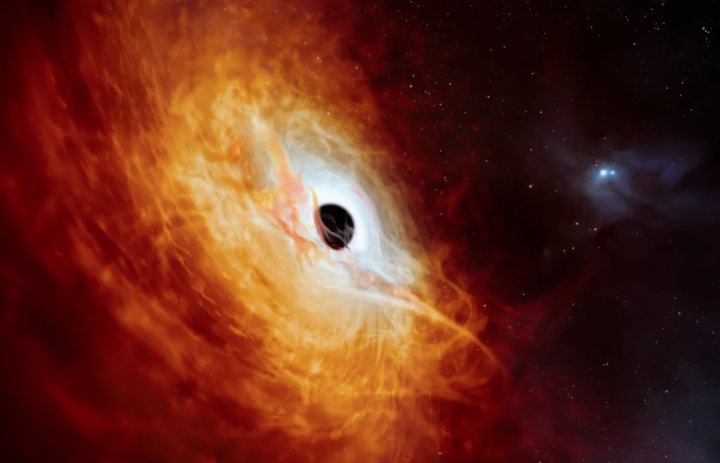Astronomers have found stardust from a previously undiscovered source.
The findings could shed light on how this mysterious dust formed and what kind of materials might be present. This could help us better tell the story of our planet and other planets like it.
Stardust is also known as cosmic dust. It makes up everything we see around us, eventually collecting into the pieces that make up the Earth and planets like it.
But one of the researchers’ biggest questions is what kinds of stars create dust and how they do it.
Now an international team of astronomers has identified a previously unknown source of dust in the universe: A specific type of supernova interacting with the gas around it.
Supernovae are giant explosions that occur in space during the final stages of some stars’ lives.
A Type Ia outburst, the focus of the study, occurs in a binary (or double) star system.
According to the study, the shock wave from this type of supernova explosion hits material previously ejected by one or both of the stars, creating new cosmic dust.
Researchers who monitored the supernova for the first three years after its explosion say the supernova, located in a spiral galaxy about 300 million light-years away, is one of the most prolific dust-producing supernovae ever recorded.
Until now, researchers have focused their search for these so-called dust factories on Type II supernovae. These are massive stars that explode at the end of their short lives in a process known as core collapse.
Professor Haley Gomez, Head of the School of Physics and Astronomy at Cardiff University and co-author of the study, said:
Using multiple telescopes that can search for both infrared and red light, they tracked a rare astronomical event that occurs when a very old, dead star and a slightly larger and younger companion star explode.
The huge shockwave of the explosion hits material previously ejected by one or both of the stars, and this “collision” leads to the formation of a new pile of cosmic dust.
Despite its rarity, the amount of cosmic dust we discovered after this explosion is far greater than in any other stellar event in such a short period of time.
The new study, published in the academic journal Nature Astronomy, focuses on a Type Ia supernova called SN2018evt.
Prof. Gomez said:
Our new study of SN2018evt shows that just 1041 days after the explosion, an enormous amount of cosmic dust, equivalent to 1% of the mass of the Sun, was created.
This could offer an explanation for the abundance of dust we see in these strange elliptical galaxies.
Researchers tracked SN2018evt for three years using a combination of space-based telescopes, such as Nasa’s Spitzer and NEOWISE missions, and the Las Cumbre Observatory’s global network of telescopes, as well as ground-based facilities such as others in China, South America and Australia.
As the researchers watched the supernova, they noticed that its light began to dim at wavelengths visible to our eyes and then began to shine brighter in infrared light, an obvious sign that dust was forming.
Agencies were also utilized




